So, you’re thinking about setting up a pharma plant in India? Get ready—it’s not as cheap or straightforward as it might sound. The final bill depends on a ridiculous number of factors: the kind of medicines you want to make, your scale, how fancy you want the technology, and where you drop your pin on the map. Some folks imagine a shoestring setup for a few crores, while others keep getting shocked when the bill crosses ₹100 crores for a world-class plant.
The truth is, you need to be laser-focused on what eats up your money. Getting the land and putting up the right kind of building is just the start. Pharma isn’t like some regular factory—regulations are strict, equipment isn’t cheap, and you can’t cut corners. Miss any step, and the compliance guys will make sure you spend even more just to fix stuff.
Let’s get into the specifics—because going in with just a vague budget is a rookie move. If you want the real numbers, the big pitfalls, and where the smart founders save cash (without risking their license), you’re in the right place.
- Decoding Plant Setup Costs: The Big Picture
- Key Cost Components: Where the Money Goes
- Hidden Expenses and Compliance Traps
- Budgeting Tips: Making Your Rupee Go Further
- Sample Cost Scenarios: Small vs. Large Units
Decoding Plant Setup Costs: The Big Picture
Setting up a pharmaceutical manufacturing plant in India is one of those things in business where you really can’t just guess a number. The actual cost will make or break your plans, and there’s a massive gap between a tiny tablet plant and a full-on injectable facility that could pass international audits. As of 2025, the entry-level setup for a basic tablet or capsule plant (let’s say, targeting the domestic market) can start as low as ₹5 crores, if you’re aiming for bare minimums. But if you want to export to the US or Europe, have full HVAC systems, and global-standard cleanrooms, you’re easily looking at ₹50 crores or more. High-end API (Active Pharmaceutical Ingredient) plants that supply to multinational clients? Those top ₹100 crores without breaking a sweat.
Your biggest money-eaters? Land and building, high-spec machines, and the endless paperwork and certifications. Metro cities like Hyderabad or Mumbai jack up land costs and utilities. Tier 2 or 3 cities are much cheaper, but you might shell out more for logistics and getting talent. In places like Baddi or Indore, pharma zones offer ready-made infrastructure, but you’ll still pay a premium for prime plots.
On average, the capital expenditure for a mid-range, India-focused plant (think tablets, capsules, some syrup) works out like this:
- Land and building: 30-40% of your total budget
- Machinery and equipment: 35-50%
- Utilities (HVAC, water, electricity): 10-15%
- Licensing, regulatory, and documentation: 5-10%
- Other costs (startup stock, staff, incidentals): 5-10%
If you’re wondering why the numbers swing so much, it’s mostly about how ambitious your pharmaceutical manufacturing plan is—domestic or export market, simple generics or complex biosimilars, small batch or big scale. The more you want to automate and impress auditors, the more you’ll spend. And don’t forget: the upfront costs are just the beginning. Working capital and compliance upgrades never really stop.
Key Cost Components: Where the Money Goes
If you want to get a grip on the real costs of setting up a pharmaceutical manufacturing plant in India, you have to break things down. It’s not just about four walls and machines—the big money actually gets eaten up by stuff many first-timers underestimate. Here’s the real breakdown:
- Land Purchase and Development: This is your very first major spend. Land rates vary madly—roughly ₹1,000 to ₹7,000 per sq. meter in industrial zones, but it can be way more if you want city-side access or a pharma park plot. Apart from the purchase, factor in leveling, fencing, and infrastructure like roads and water connections.
- Building Construction: For a mid-sized plant, construction costs usually run ₹25,000 to ₹40,000 per sq. meter. You’ll need controlled environments, cleanrooms, HVAC setups, and special floors that don’t trap dust. If you skip any compliance nuances, expect to pay double fixing it later.
- Machinery and Equipment: This is where the budget can explode. Indian-made machinery is cheaper than imported ones, but not always the best investment for long-term reliability. Tableting, capsule-filling, granulation, sterilizers, packaging—each line costs lakhs to crores. New fully automated lines start at about ₹1.5 crore and can go up to ₹10 crore for each production line, depending on capacity and technology.
- Regulatory Approvals and Certifications: Getting licenses from the Central Drugs Standard Control Organisation (CDSCO) and state FDAs costs money and—more importantly—time. GMP certification, WHO-GMP, USFDA, or EU approval means more investments for facility upgrades, documentation systems, and audits. Don’t just budget for application fees; the real costs jump with every extra compliance box you tick.
- Utilities and Infrastructure: Power is a biggie—backups and stabilizers are a must, thanks to patchy Indian grids. Water purification (RO plants), waste disposal units, ventilation, and effluent treatment plants are all required by law for any pharma manufacturer in India. Setting this up can run into crores, especially if your plant deals with APIs (active pharmaceutical ingredients).
- People, Quality, and IT Systems: Salaries for skilled staff—pharmacists, engineers, lab analysts, compliance team—aren’t as cheap as you’d think. Quality testing labs need modern instruments. Now throw in ERP software, batch tracking solutions, and cyber security. These recurring costs start with setup but stick around every single year.
Want to visualize how this piles up? Here's a sample split for a 10,000 sq. meter plant with basic oral solid dosage production:
| Component | Estimated Cost (₹ Crore) |
|---|---|
| Land & Site Development | 4–8 |
| Building Construction | 30–35 |
| Machinery & Equipment | 12–20 |
| Regulatory Approvals | 1.5–3 |
| Utilities & Infrastructure | 4–7 |
| Working Capital & Systems | 5–8 |
| Total | 56.5–81 |
Notice how the pharmaceutical manufacturing costs balloon before you even make your first batch. Skip any of these, and sooner or later, inspectors and customers will catch up. The only way to avoid surprises? Plan every bit, get quotes in writing, and check with other plant owners who’ve just finished their setup.
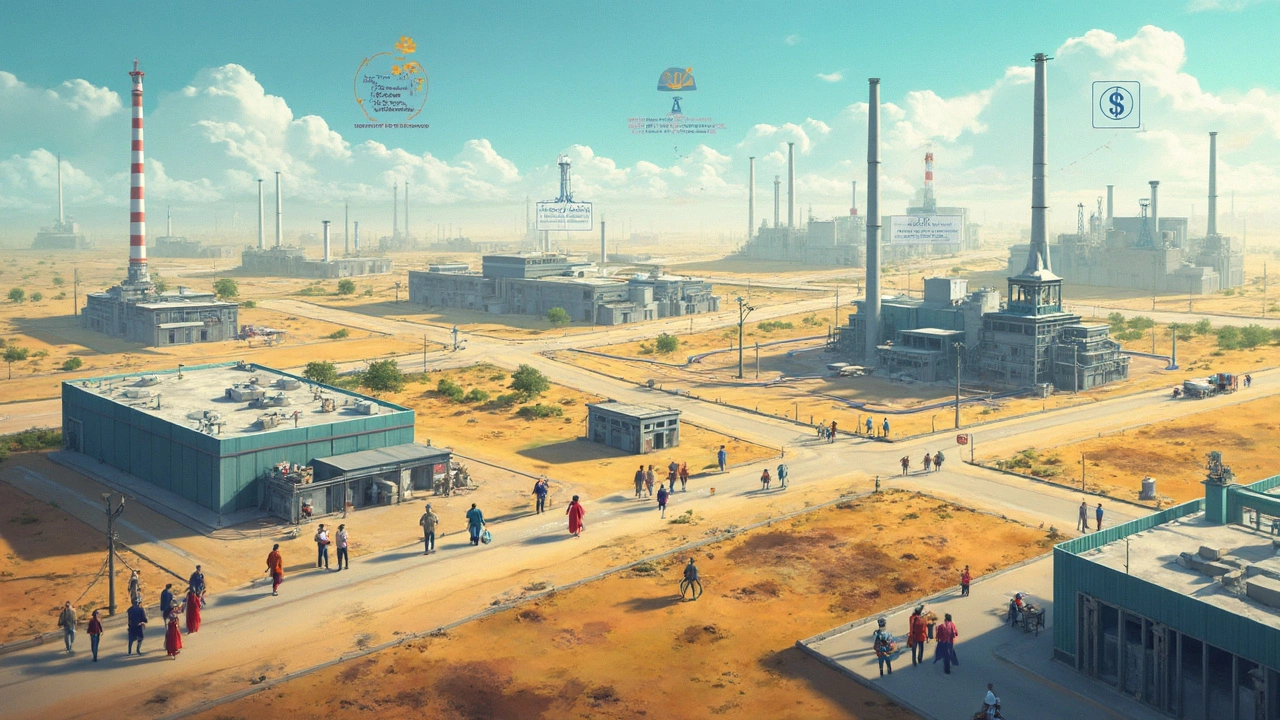
Hidden Expenses and Compliance Traps
Think you’ve covered all your costs? Think again. It’s the hidden stuff that catches most new pharma entrepreneurs off guard. Everyone budgets for land, construction, and machines. But they forget the heap of extras that show up fast—sometimes even before you start selling one tablet.
First, regulatory approvals are expensive in India. You’ll have to pay for multiple inspections by the CDSCO, get state FDA clearances, and sometimes run through local bureaucratic hoops. Even after you hand over the official fees, the paperwork and delays might force you into extra consultant costs just to push things faster.
Getting your water and air systems right is another money pit. If the water isn’t up to pharma quality (WHO guidelines demand ultra-pure water), you’ll shell out for extra purification setups. Same goes for air handling: properly filtered HVAC systems aren’t optional. They’re checked in every audit, and missing out means instant penalties—or rebuilding whole sections later.
Then there’s documentation. A plant isn’t just concrete and steel. Every process needs to be tracked and recorded for GMP (Good Manufacturing Practices) compliance. That means specialist software, batch tracking systems, and even secure storage for paper records. Miss this, and the authorities can shut you down at the first sign of paperwork mess.
- Permit renewals and surprise audits—budget for them. Auditors don’t announce themselves politely. If you need urgent fixes, emergency compliance costs can get crazy high.
- Validation and calibration—machines, measuring devices, and even your cleaning routines need annual reviews by external experts. Fees for this add up fast.
- Waste management—disposal of chemical and bio waste follows strict rules. Outsourcing the job to certified handlers is mandatory and pricy.
The pharmaceutical manufacturing game in India can grind to a halt with one compliance slip. Don’t get stuck reacting to invisible costs. Build a cushion into your budget for these surprises, or you’ll join the list of stories everyone in the industry jokes about—"the guy who sold his car just for audit fees."
Budgeting Tips: Making Your Rupee Go Further
Setting up a pharmaceutical manufacturing plant in India isn’t like buying a bike—you can’t afford to get sloppy with your budget. If you want to avoid nasty surprises, you need a battle plan for every rupee.
Start with a super-realistic budget. Don’t just copy numbers from random business plans online. Get real quotes from machinery suppliers, construction companies, and consultants who know their stuff. And remember—always add a buffer of at least 15% for the unexpected. Costs go up, things get delayed, and regulators love changing the rules halfway through.
- Location matters: Plants on city outskirts often mean cheaper land and labour. Telangana, Gujarat, and Himachal Pradesh offer solid tax breaks and decent logistics in 2025. But watch out for hidden zoning costs or poor roads.
- Scale smartly: Jumping straight into a massive facility looks cool, but starting with a mid-sized plant can save crores upfront and still give you room to grow as orders (hopefully) pour in.
- Second-hand equipment: For non-critical areas, good-as-new used machines can knock 25-40% off your equipment bill. Only buy from trusted sources, though—or you’ll pay double fixing leaks and breakdowns.
- Modular construction: Build in phases. You don’t need to have every block ready from day one. Get your core production rolling, prove you’re compliant, then expand.
Here’s a quick snapshot of real spending patterns from plants built last year:
| Expense Head | Percentage of Total Budget | Money-saving Move |
|---|---|---|
| Land & Building | 35% | Pick less popular locations, negotiate bulk purchase |
| Machinery & Equipment | 38% | Compare multiple suppliers, bulk purchase discounts, 2nd hand for non-critical |
| Compliance & Licensing | 7% | Hire a dedicated compliance expert from the start |
| Utilities (water, power, HVAC) | 12% | Invest in energy-efficient systems |
| Miscellaneous (training, IT, insurance) | 8% | Bundle vendor services, use SaaS software |
One last tip: double-check every quote, and never let just one vendor or consultant take full control of the budget. Get competing bids, ask blunt questions, and insist on breaking down costs by every major head. The more you understand where the money flows, the better your chances of having cash left for unexpected opportunities—or emergencies.

Sample Cost Scenarios: Small vs. Large Units
This is where the numbers get real. Setting up a small, semi-automatic tablet or capsule factory in a regular industrial area is way different from building a full-scale, export-ready plant with all the bells and whistles. If you ever wondered why you can’t just Google an exact number, here’s why—the range is massive.
Let’s compare two sample set-ups. Both are pretty common choices for new pharma entrepreneurs in India:
- Small scale unit (basic formulation plant, non-sterile tablets/capsules): Typically around 5,000–10,000 square feet. Good for someone targeting local or regional markets. No big R&D or critical sterile operations.
- Large scale unit (export-oriented, multi-product, with sterile areas): Can easily be 50,000–200,000 square feet or more. Everything needs to meet US/EU GMP standards, with separate cleanrooms, climate control, and full automation.
Here’s a side-by-side snapshot of estimated spending:
| Cost Component | Small Scale (INR, Crores) | Large Scale (INR, Crores) |
|---|---|---|
| Land & Civil Construction | 2–5 | 20–60 |
| Plant & Machinery | 2–8 | 30–100 |
| Utilities (HVAC, water, power) | 1–2 | 8–20 |
| Quality Control/Assurance | 0.5–1 | 5–15 |
| Regulatory Fees & Licensing | 0.2–0.5 | 2–5 |
| Contingency & Others | 0.5–1 | 5–10 |
| Total (approx.) | 6–18 | 70–210 |
The difference is wild, right? For a basic setup, you might get running for under ₹10 crores if you shop smart and stick with proven Indian equipment. But the minute you switch to a world-class export pharmaceutical manufacturing plant, the costs can explode thanks to stricter building codes, HVAC, imported machines, and all the paperwork.
Biggest tips from insiders? Don’t forget the cost of idle time during inspections and approvals. Hidden overruns often happen because local authorities or regulatory bodies don’t always work on your schedule. And if you’re aiming for exports, budget for repeated audits and documentation costs—they add up faster than you’d expect.
Bottom line: always start with a brutally honest needs assessment. You can tweak equipment specs and automation, but don’t cheap out on essentials like quality labs or HVAC. That’s where most new pharma founders either shine or end up regretting their cost-cutting moves.




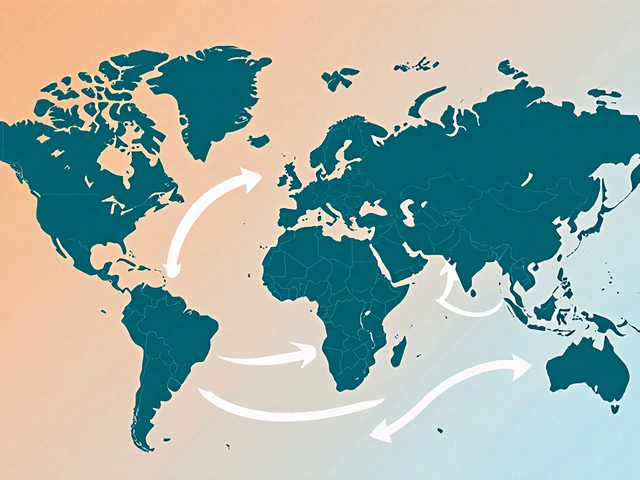

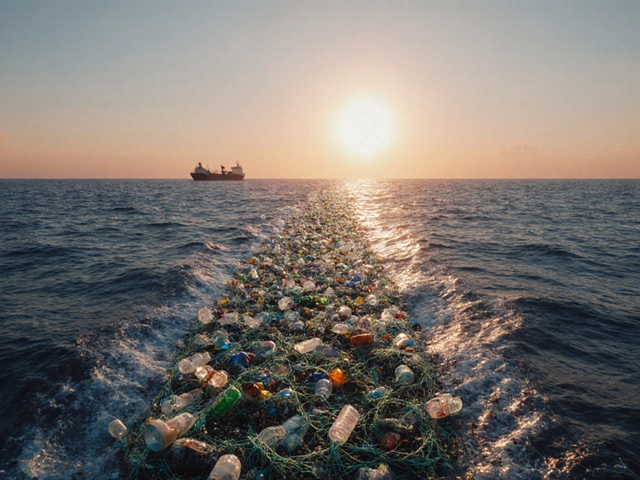
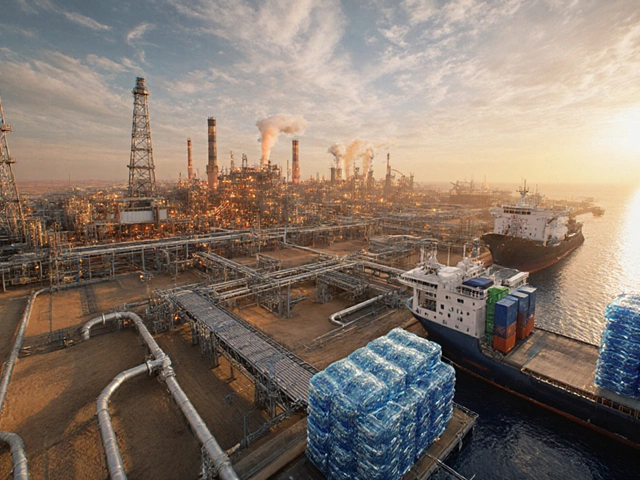

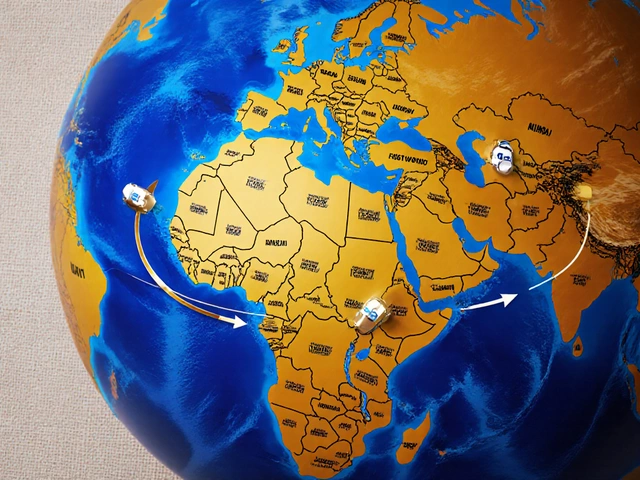

Write a comment